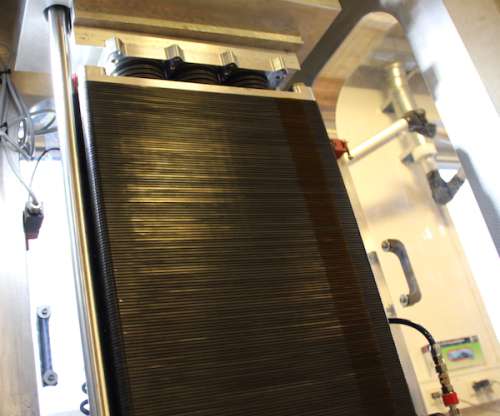EPA to award up to $5M for projects to reduce diesel emissions at ports
Green Car Congress
NOVEMBER 21, 2014
Eligible diesel vehicles, engines and equipment may include drayage trucks; marine engines; locomotives and non-road engines; and equipment or vehicles used in the handling of cargo at a marine or inland water port. EPA will fund: Verified Exhaust Control Technologies: up to 100% of the cost of eligible verified exhaust control technologies.













Let's personalize your content